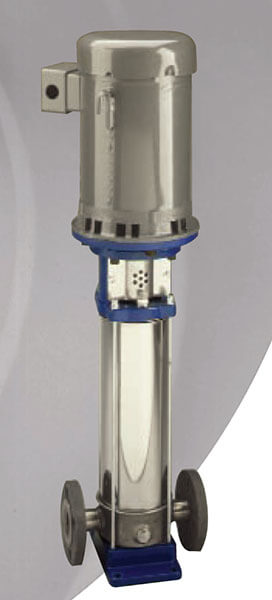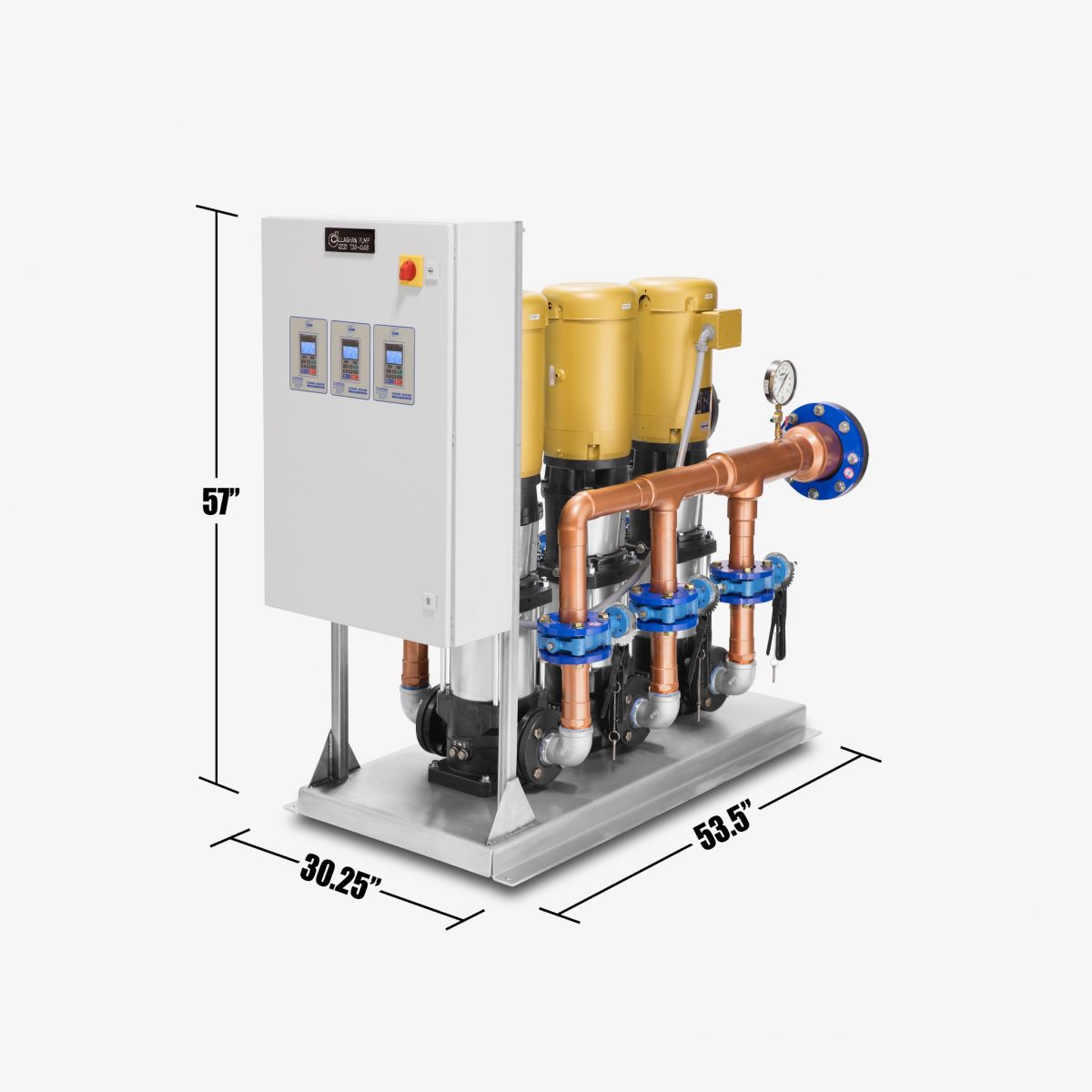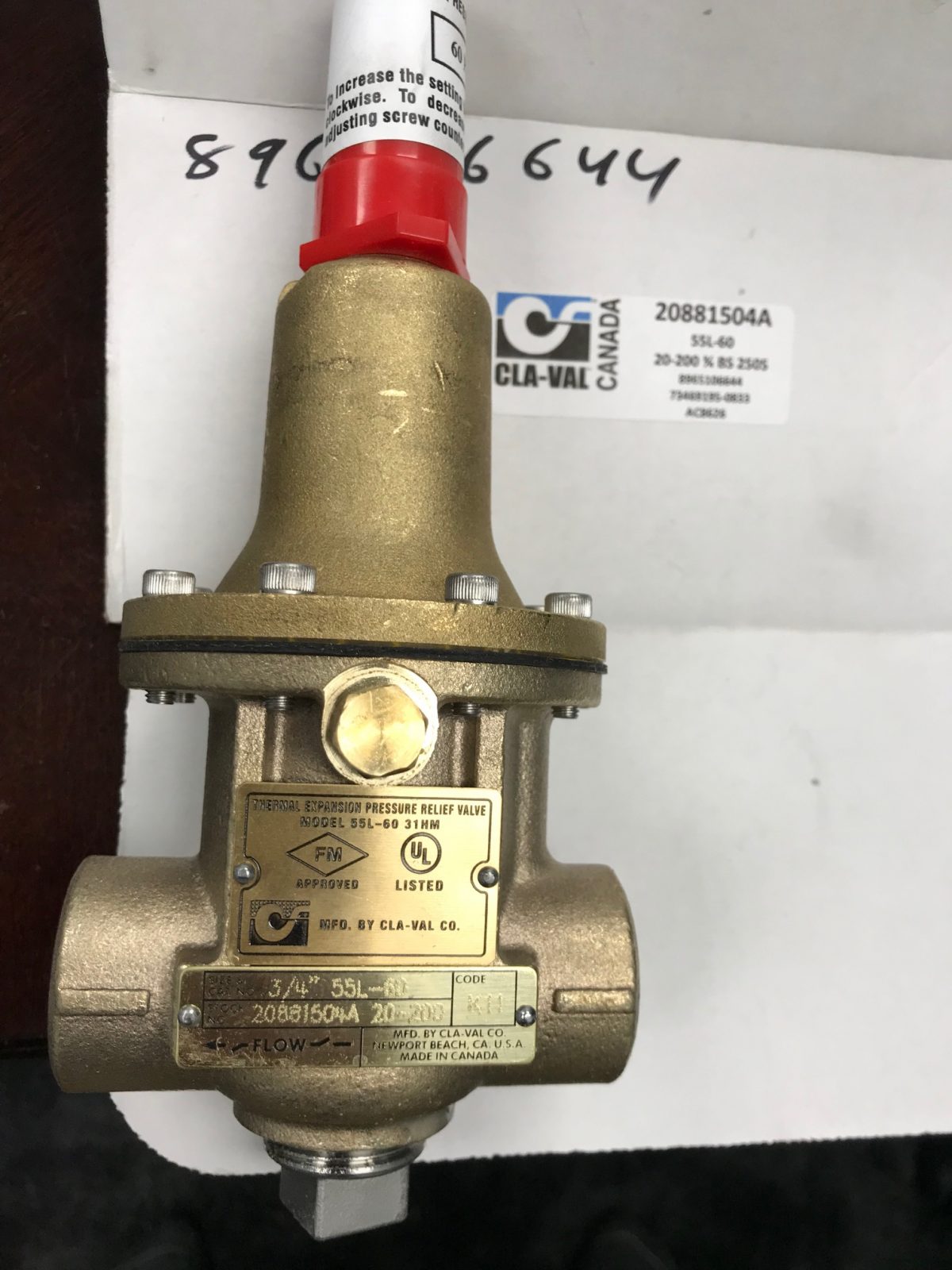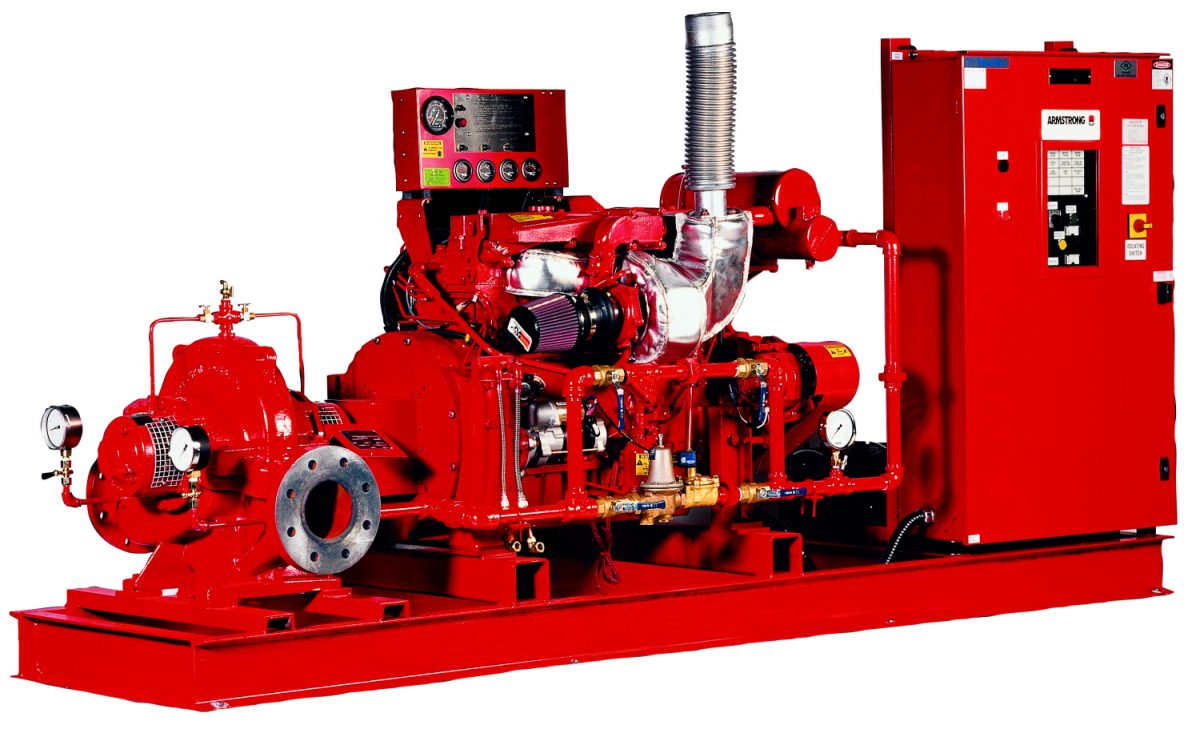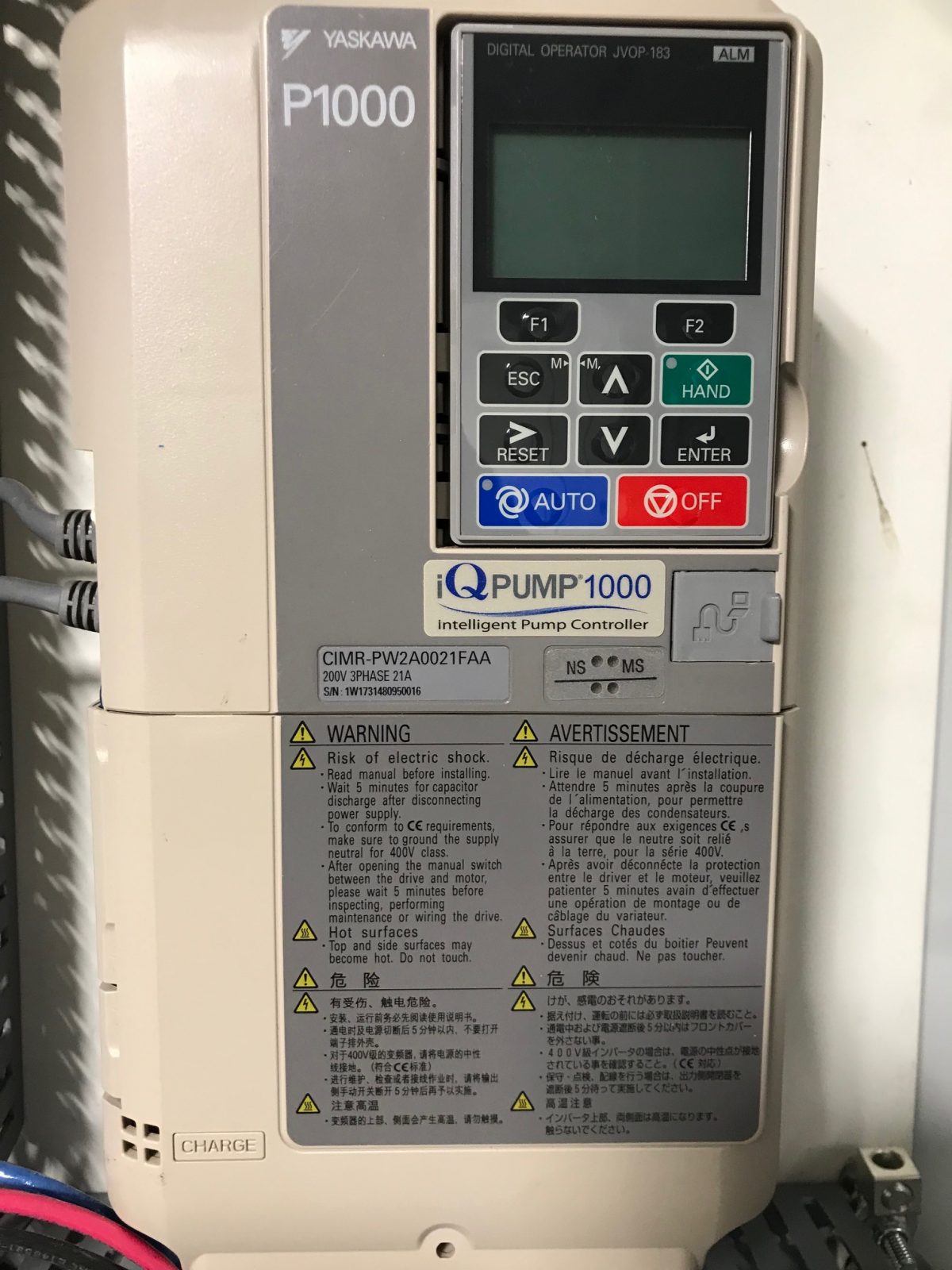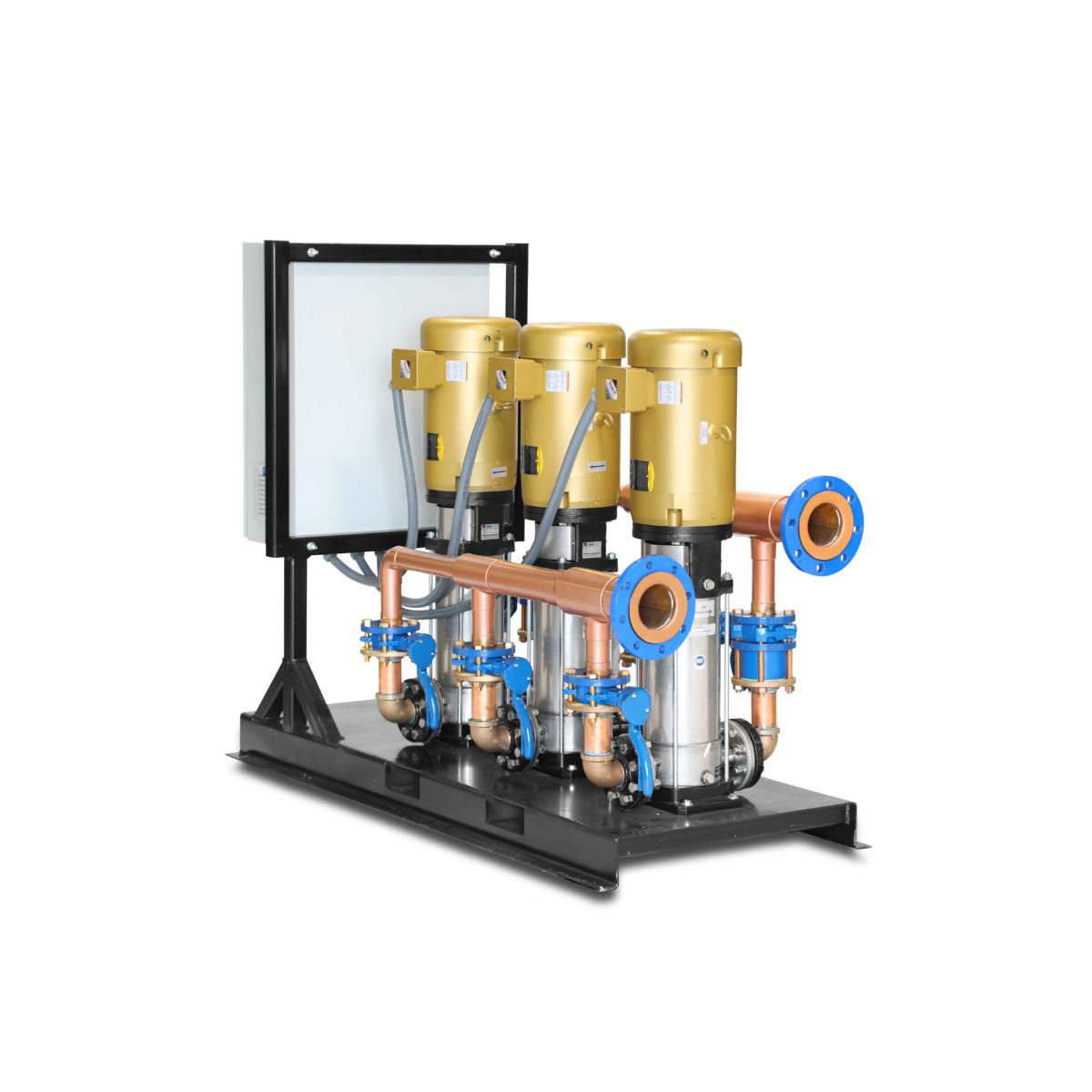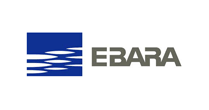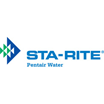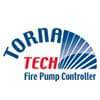This article is not merely limited to Aurora Fire Pumps but it also applies to all brands of fire pumps including: Peerless, Patterson, Allis Chalmers, etc. Customers need to know many different things about their fire pump systems, but when it comes every Aurora Fire Pump package system or individual Aurora pump parts, it is very important to remember two main points.
First and foremost, please remember, all fire pumps, no matter the manufacturer- Peerless, Patterson, Aurora, Allis Chalmers, etc., that are horizontal split case or vertical in-line must have packing. Therefore, they drip all of the time. The packing is made up of several different materials but now they are non asbestos. Most fire pumps will have six rings of packing. If it is a horizontal split case there will be six rings of packing on both sides of the shaft and in order to keep the shaft lubricated water needs to drip past the shaft to keep it lubricated. When people such as maintenance crews, etc. are inside the building, they see the drip and think that something is wrong. Often to fix what they perceive to be a leak, they will tighten down the bolts until the leaking stops. That is absolutely wrong. You want 15- 40 drips per minute on each side of the fire pump. If it is an Aurora horizontal split case, packing will be on each side. If it is an Aurora vertical in-line fire pump, it will have packing on one side(the top side where the packing drips out). Typically, when someone notices the fire pump leaking it is when the drain lines clog up. So it is preferable to blow out or vacuum the lines every three months or so. You get a lot of scaling and a lot of general dirt and dust that clog the drain lines. It is recommended then that these drain lines be cleared out regularly.
The second point to remember when dealing with fire pumps is to remember that when a fire pump starts automatically it never stops until you press the red stop button on the front of the control panel. This is a new code that resulted after a fire occured in which only one sprinkler head was set off. The pump satisfied pressure quickly so it shut down; the pump never restarted once the fire started up again. So that is why the code was changed. Fire pumps start automatically and stop manually now. You stop the pump by pressing the red round button on the panel. If you let go and it starts again, you either have a leak or a fire. Be very careful not to hold the disconnect lever down, because in the event there is a fire, you will be taking the fire protection away from the building.
These necessities apply to all fire pumps — Aurora Fire Pumps, Peerless Fire Pumps, Patterson Fire Pumps, Allis Chalmers Fire Pumps, etc.


